The genus Brachyplatystoma is called “Goliath Catfishes” in English, because some of its species belong to the largest freshwater fishes at all: up to 3.6 m length are given in literature! In South America they are ubiquitous and important food fish, of which more than 30,000 tons are consumed annually. Nevertheless, distinguishing the species is almost impossible in some cases, and the species we present here was even scientifically recorded and named only in 2005! In fact, there is no one in the entire world who could confidently distinguish Brachyplatystoma capapretum and B. filamentosum from live specimens or photographs. The difference lies in the dentition. Since both species can occur in the same habitat, also the knowledge of the origin is of no use for identification attempts. The specimens shown here are from Colombia. Our decision in favor of B. capapretum in the present case is based on the upper jaw dentition, which seems to us more similar to B. capapretum than to B. filamentosum. But of course we cannot be really sure either. The relatively small spots on the body speak rather for B. filamentosum, in B. capapretum they are often larger. But since very small juveniles (up to about 3 cm body length) of both species have no spots at all, this characteristic is very unreliable.
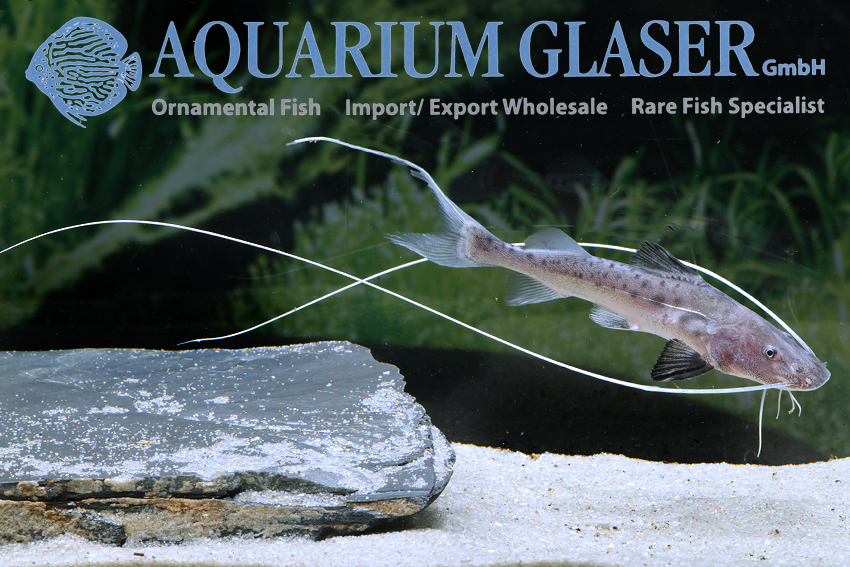

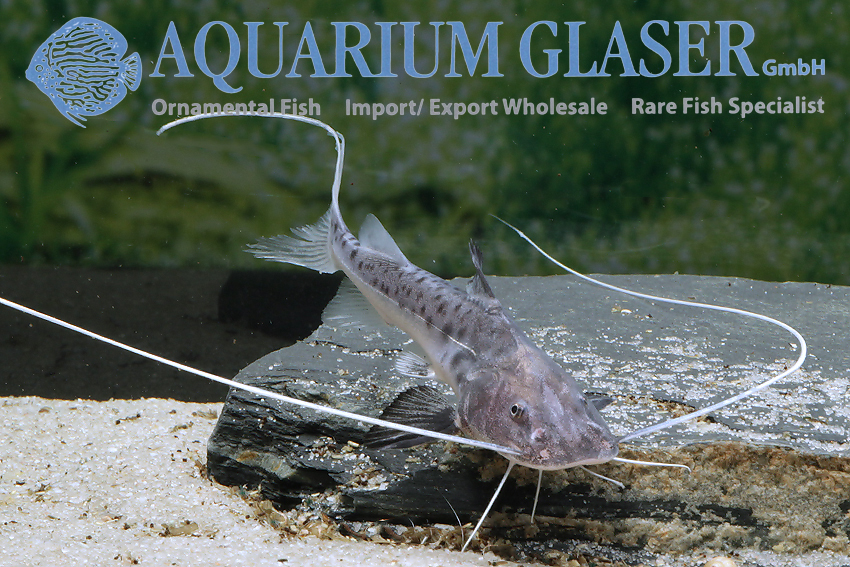
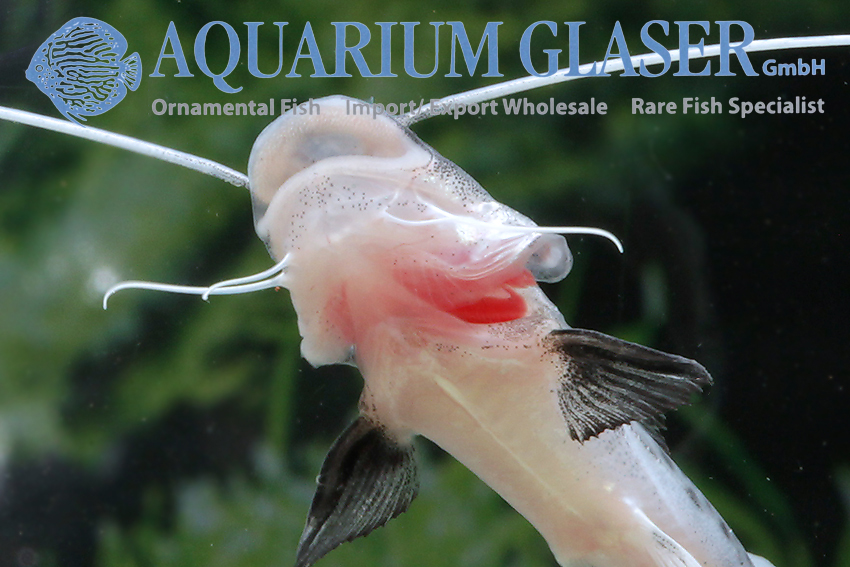
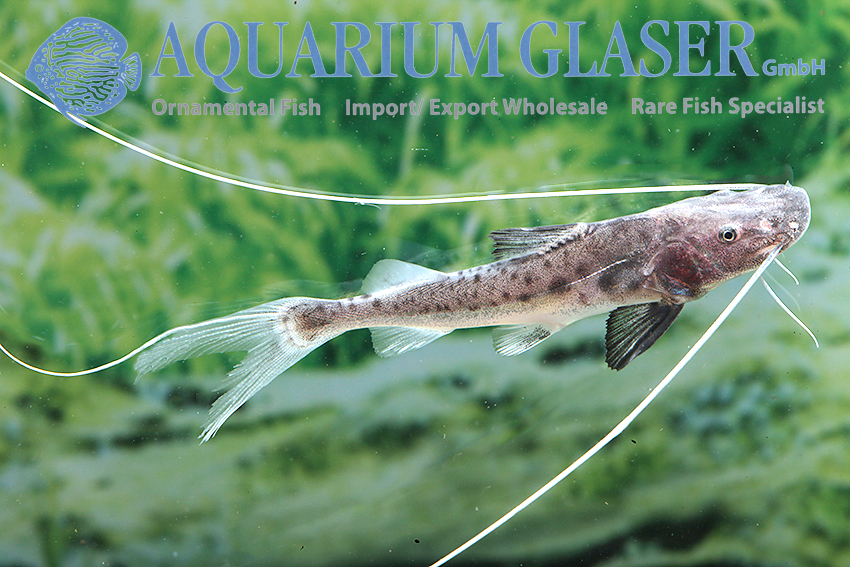
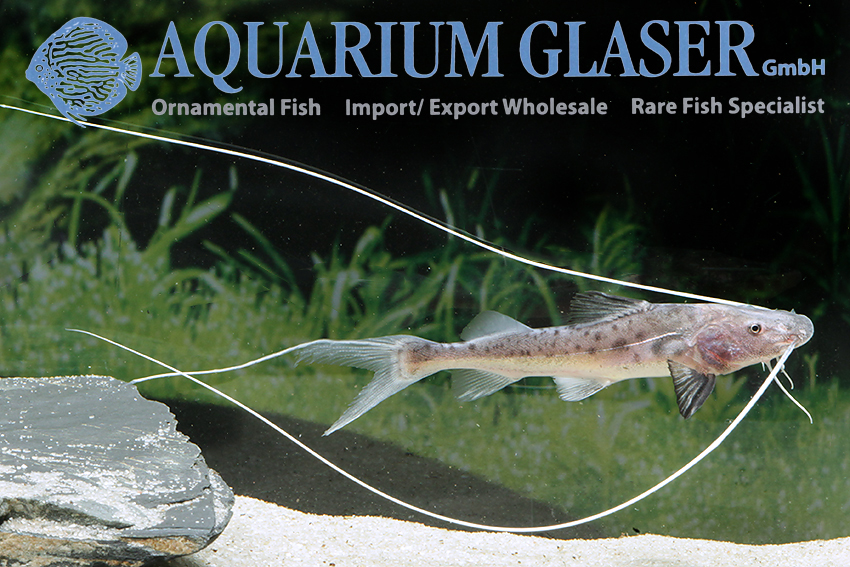
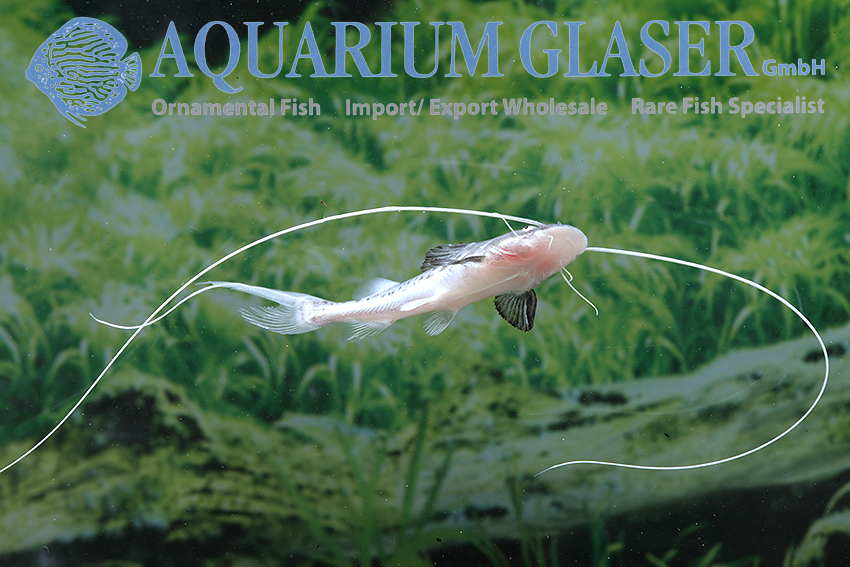
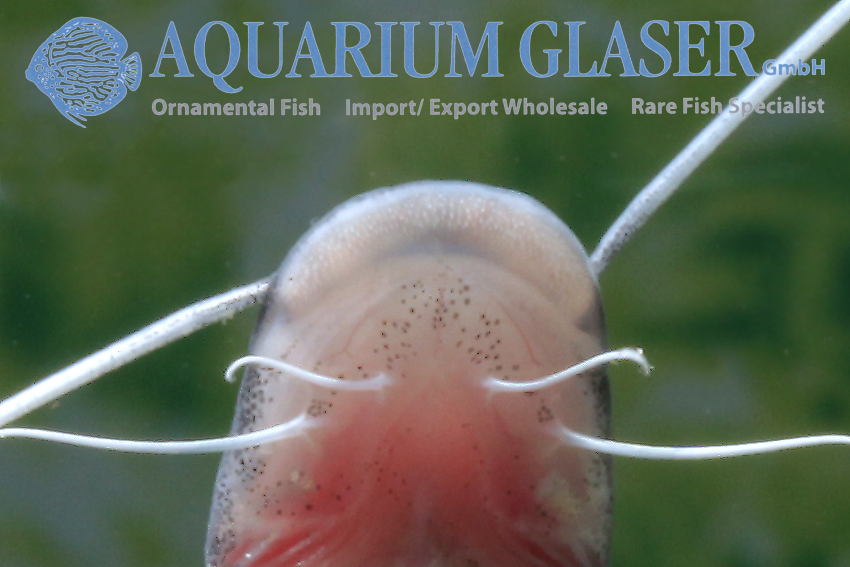
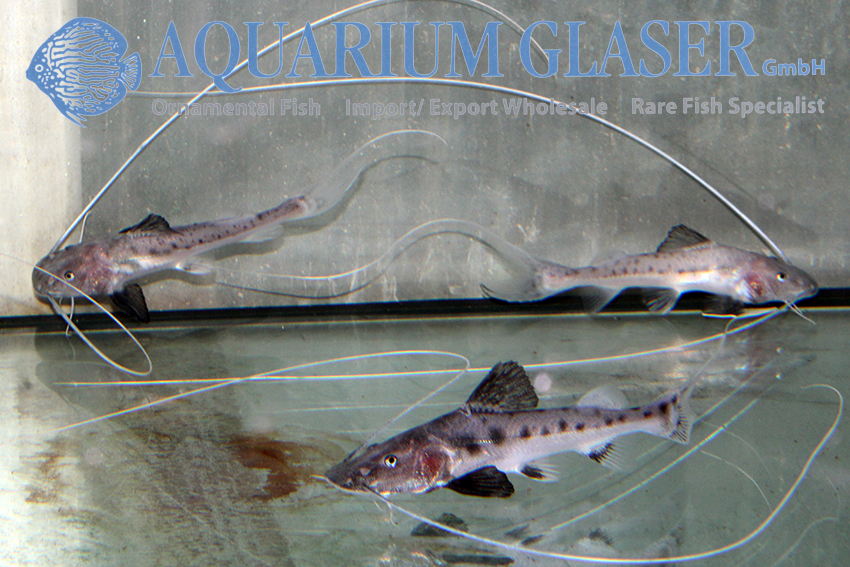
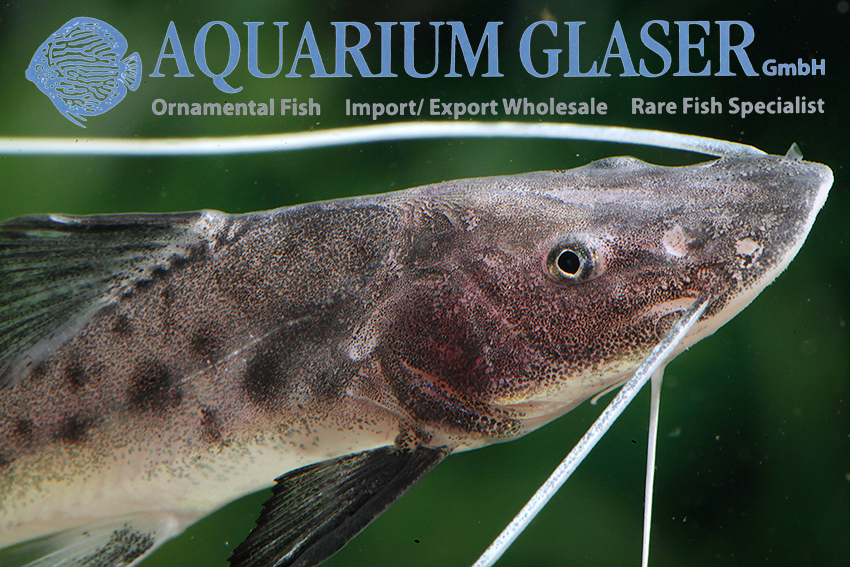
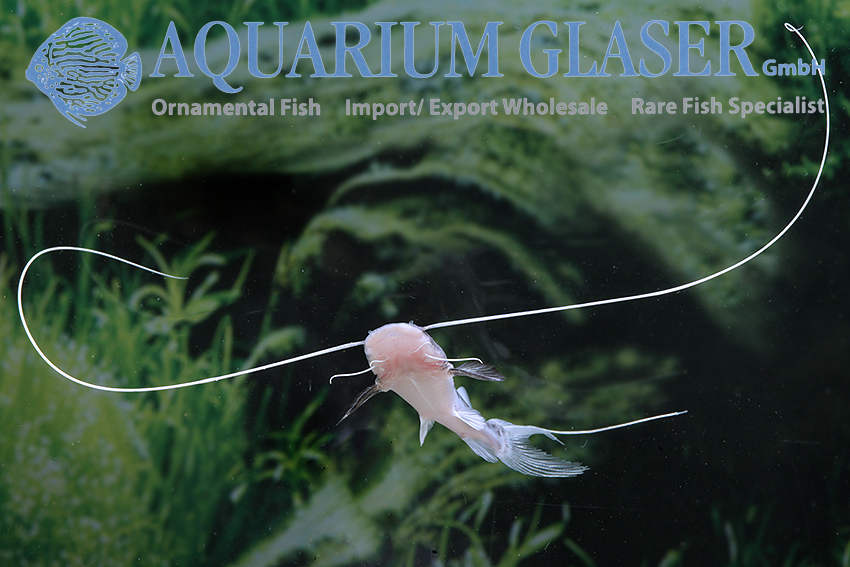
No matter which species it is exactly: both become huge! So they are only suitable for really large aquariums and zoological gardens. Although the maximum length of B. capapretum is stated to be “only” 120 cm (that of B. filamentosum three times as long), this is probably based simply on the fact that before 2005 all large goliath catfishes were assigned to B. filamentosum. Due to massive (and threatening!) fishing pressure, even specimens of B. filamentosum over 120 cm long have been downright rarities in the wild since the 1990s.
The extremely long maxillary barbels of our fish are tremendously impressive, reaching a good 13-14 cm in length at about 7-8 cm body length (about 9-10 cm with caudal fin without caudal fin filament). What these long barbels are for is unknown. In any case they are very sensitive to touch and it seems important to us to point out to interested people that you should offer these animals aquariums with as large a surface area as possible (length and depth, the height is not so essential) without significant furnishings. However, a sandy bottom is vital, otherwise sooner or later bacterial infections will set in on the belly of the fish. The aquarium should be only dimly lit, if necessary this can be achieved by a floating plant cover. Brachyplatystoma are fish eaters from an early age. After acclimation they will accept almost any coarse frozen food in the aquarium, but for the beginning well kept, healthy (!) food fish are the best choice. Among themselves our animals are peaceful.
For our customers: the animals have code 211052 on our stocklist. Please note that we supply only wholesale.
Text & photos: Frank Schäfer




